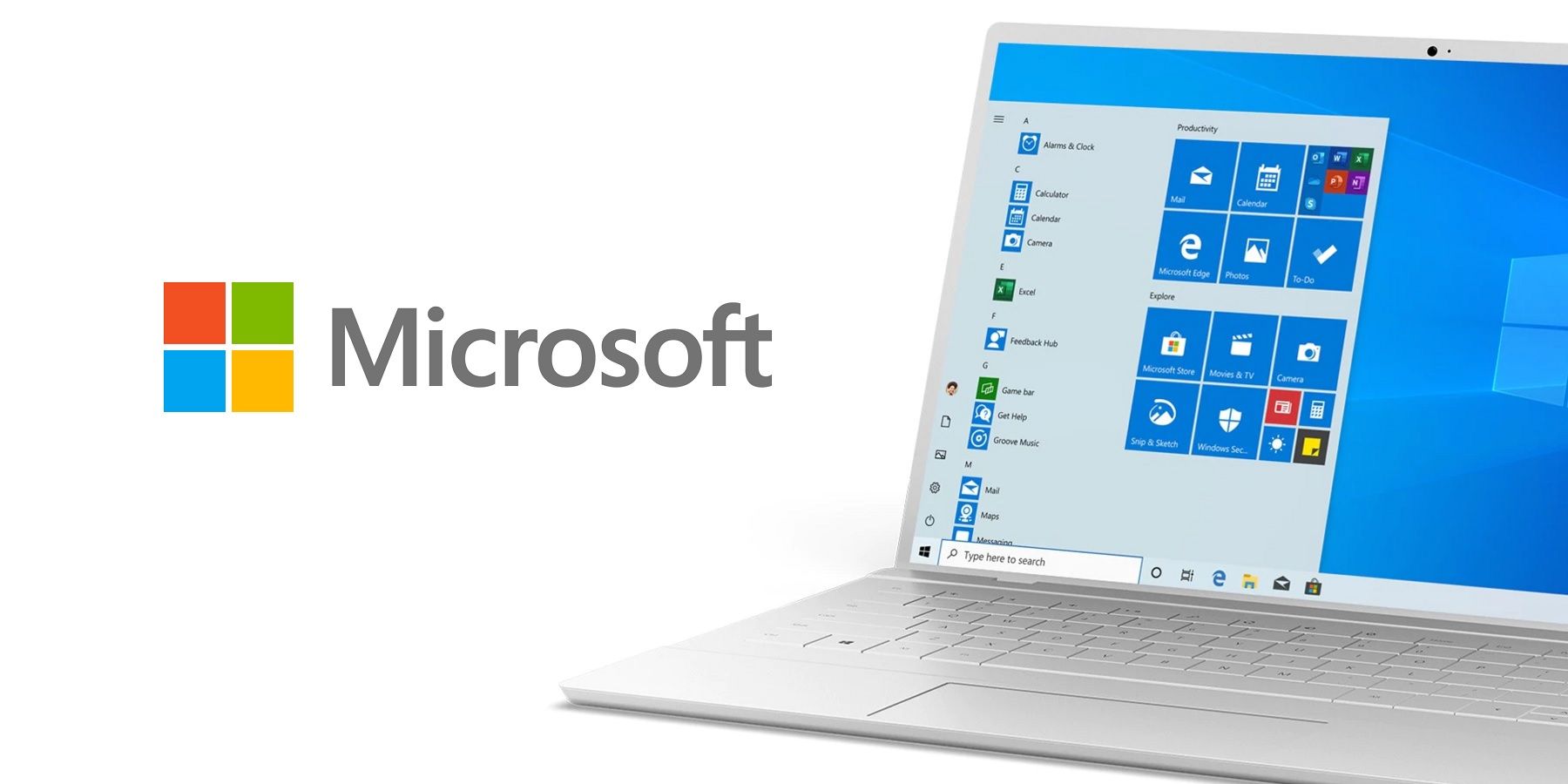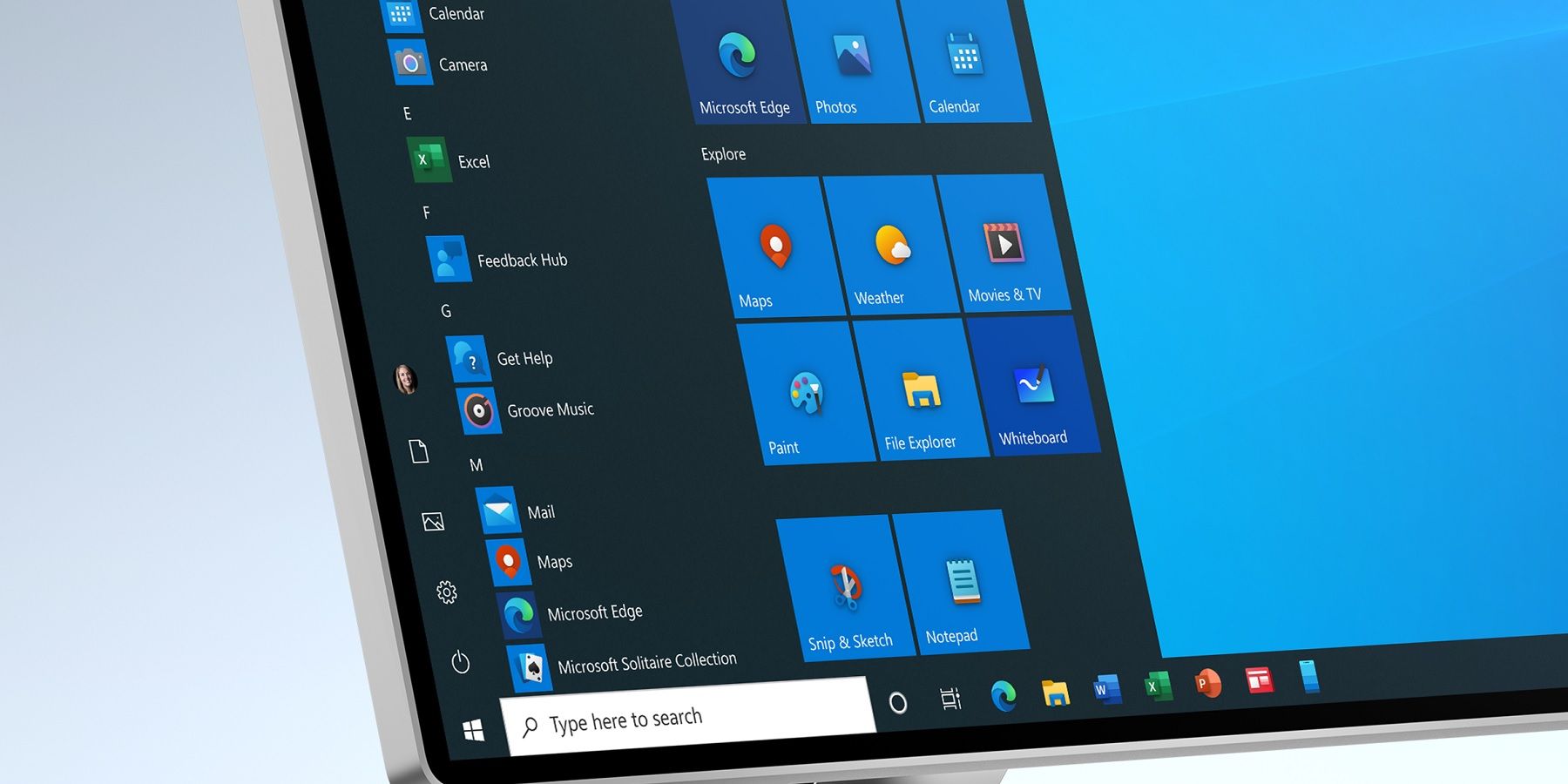Microsoft Windows users reported experiencing blue screens, hanging, and numerous performance issues following the release of Windows 10’s latest cumulative update. The optional Windows 10 KB4535996 update was supposed to solve some of the search issues users previously experienced but wound up introducing more. Microsoft has said it is aware of the issues and is aiming on releasing another update in mid-March. In the meantime, here are some options to improve your experience prior to the update’s release.
If your computer wasn’t experiencing issues prior to the update, you can uninstall KB4535996 by navigating to the Update & Security menu inside of Windows Settings. There, click "View Update History," and select uninstall updates, where you’ll find each downloaded update with its respective label. This isn’t suggested if you were previously experiencing issues, however. If your computer stalls while starting, or refuses to boot entirely, you’ll have to remove it by using the recovery menu.
You can access the recovery menu by holding F11 during the boot sequence. Once there, go to Advanced Options and click on Startup Repair. You’ll find an option that reads, “Go back to the previous build” and clicking this will remove the update and roll the device back to a previous version of Windows 10. Alternatively, you can try Startup Repair, an automated repair program that will scan your machine and attempt to solve them without user input, not unlike the network troubleshooting tool. If your machine continues to be uncooperative, you can try a system restore, which will roll your device back to a state in the past. You will lose any unsaved data by doing this, so it shouldn’t be your first option.
Windows Causes Issues While Fixing Others
Several users have reported the Visual Studio code-signing tool being uncooperative, and upon start-up, the tool crashes with error code -1073741502. Windows developer Rafael Rivera acknowledged the bug and linked it to an error caused by WTLogConfigCiScriptEvent being removed from wldp.dll “Without sufficient testing.” Other issues involved severe slowdown and malfunctioning audio hardware. Hopefully, these issues will be thoroughly addressed with the next update.
Given how many different devices run on Windows 10, it’s hard to expect Microsoft to clean every bug from an update. At the same time, it’s frustrating that Microsoft’s fix brought other, more severe errors. If Windows 10 weren’t so dependent on its connectivity, the original search bar issue wouldn’t have happened. While the update brought a variety of quality of life updates, none of the problems it fixed were as severe as the crashes the Microsoft update introduced.
Source: Microsoft


